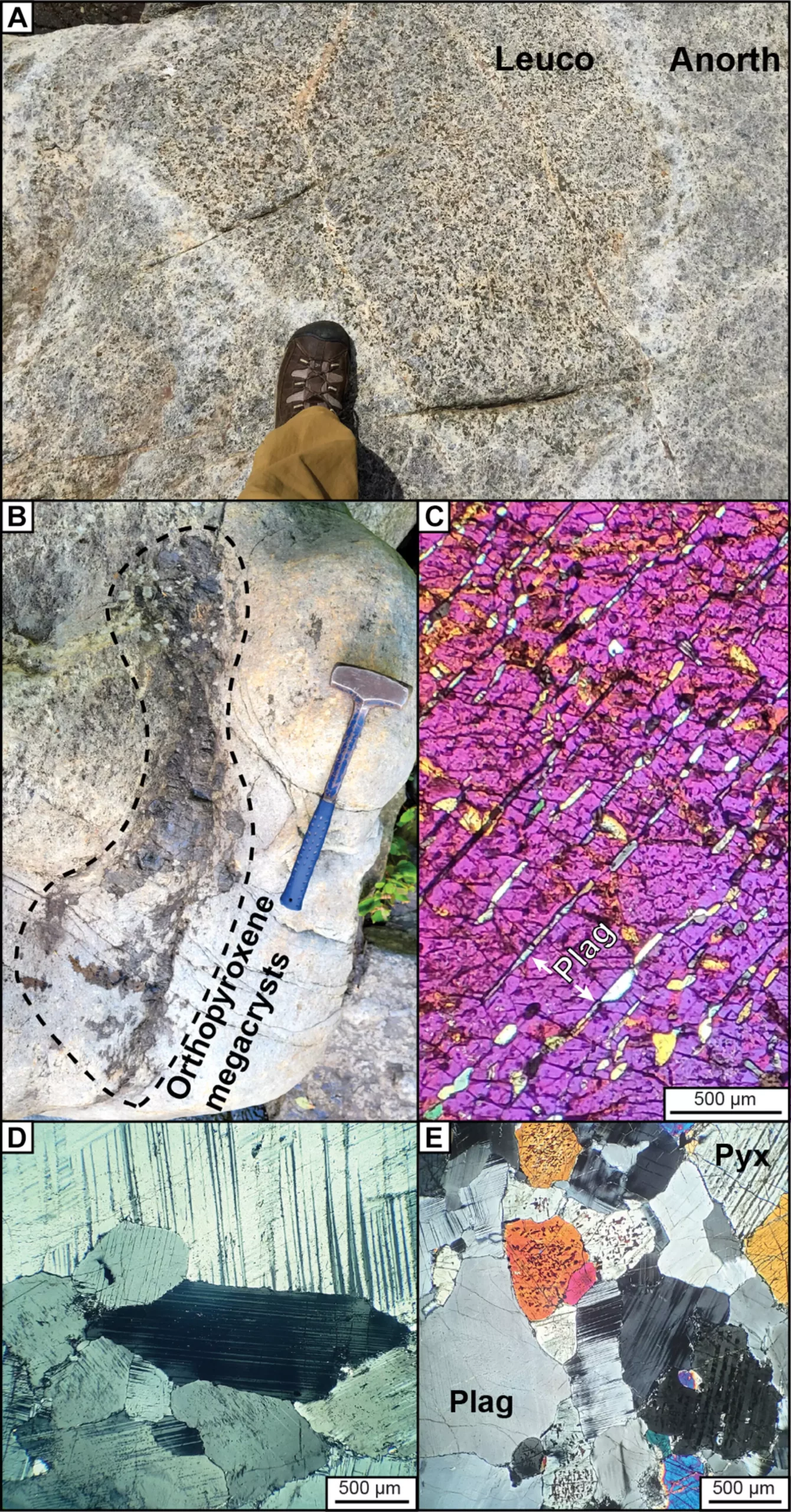The study of massif-type anorthosites has long been a challenging and perplexing endeavor for scientists. These plagioclase-rich igneous rock formations, covering vast areas and hosting valuable titanium ore deposits, have sparked conflicting theories about their origins. However, a team of researchers recently published a groundbreaking study in Science Advances that sheds light on the formation of these enigmatic rocks and their relationship to Earth’s geological processes.
Led by Duncan Keller and Cin-Ty Lee from Rice University, the research team focused on studying massif-type anorthosites to gain insights into the magmas responsible for their formation. By analyzing the isotopes of boron, oxygen, neodymium, and strontium in rocks such as the Marcy and Morin anorthosites, which are around 1.1 billion years old, the researchers made significant discoveries about the origins of these rocks.
One of the key findings of the study is the intricate connection between Earth’s evolving mantle and crust and the tectonic forces that have sculpted the planet’s surface over billions of years. The researchers propose that massif-type anorthosites likely originated from the extensive melting of subducted oceanic crust beneath convergent continental margins, linking the formation of these rocks to Earth’s thermal and tectonic evolution.
Implications for Earth’s History
The research suggests that massif-type anorthosites were formed during very hot subduction processes that were prevalent in the early Earth’s history. This finding challenges previous notions about the origin of these rocks and opens up new interdisciplinary approaches to understanding the physical evolution of our planet. The study’s innovative use of boron isotopic analysis provides valuable insights into ancient rock formations and their broader implications for Earth’s tectonic and thermal history.
By combining traditional geological methods with modern analytical techniques, the research team has significantly advanced our understanding of massif-type anorthosites and their significance in Earth’s geological history. The study’s findings not only contribute to deciphering the mysteries of these enigmatic rocks but also provide new avenues for exploring when plate tectonics began, how subduction dynamics operated billions of years ago, and the evolution of Earth’s crust.
The study on massif-type anorthosites represents a significant step forward in unraveling the mysteries of these unique rock formations. By delving into the intricate connections between Earth’s mantle and crust, the research provides valuable insights into Earth’s thermal and tectonic evolution. The findings of the study not only enhance our understanding of ancient rock formations but also offer a new perspective on Earth’s geological history.


Leave a Reply